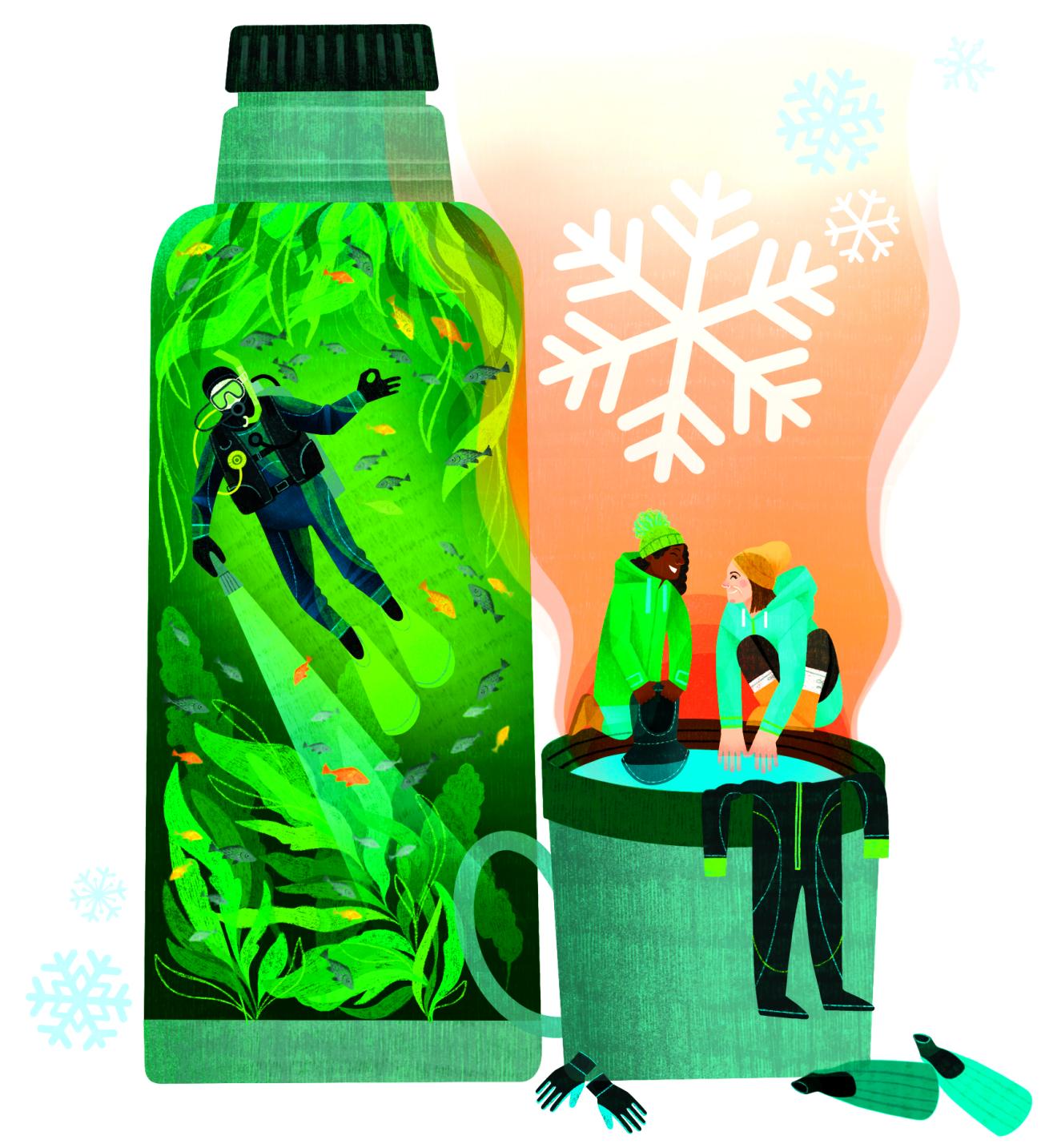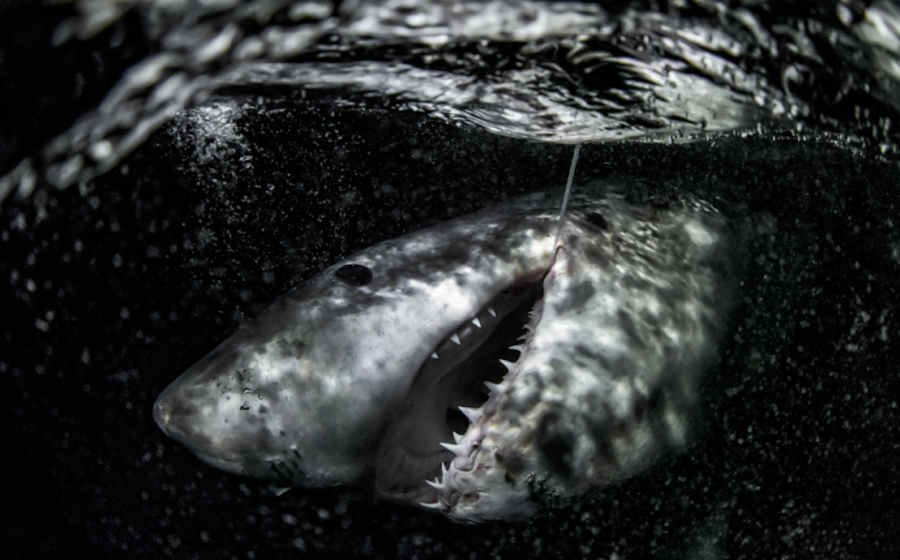How Do I Stay Comfortable in Cold Water?

Lauren Rebbeck
Dear Annie,
I am an advanced diver moving to Washington from Hawaii. I want to dive locally but I am terrified of cold water. What can I do to stay comfortable and avoid getting turned off?
—Chilled and afraid
Dear Chilled,
Congratulations on your move! Washington State has more than 75 local dive sites and you will love the dive community in the Pacific Northwest (PNW). I’m also a transplant warm-water diver living in Washington, and I never take for granted all the tricks and tips I’ve learned during the past 15 years to keep diving happily and warmly year-round.
Fall has some of the best months to dive. Us locals call September and October “Divetember” and “Divetober”! These months boast some of our region’s warmest, clearest waters, with summer fish and kelp still flowing, so don’t wait until winter to begin your journey!
Related Reading: What to Do If You Don't Like Your Dive Guide
Sign up for a PADI Dry Suit Diver course with one of the local dive shops. After finishing the eLearning, you complete a pool session and two open water dives with your instructor.
Be realistic about personal expectations, as it usually takes five to 10 cold-water drysuit dives to be comfortable. Choose the appropriate undergarments for your personal warmth. Fourth Element A°R undergarments are windproof, plush-lined undergarments that have made a huge difference in my core warmth.
During your course, you will be exposed to many different types of suits and preferences for the region. I prefer a crushed neoprene suit with built-in boots. Before purchasing, I recommend consulting a local dive retailer.
The type of hood and gloves you dive with also matter for your comfort. Invest in an 11 mm hood. These thick hoods, originally designed for Arctic diving, make a huge difference in warmth. Consider adding dry gloves to your drysuit too. When your extremities—hands, feet and head—are warm, your core stays warm too.
Sign up for PADI Club to receive 20% off your Dry Suit Diver eLearning.
During any dive, you might feel your nose or face get cold. A simple solution is to equalize your mask more frequently. The warm breath traveling through your nose heats up your face, and the overflow goes into your hood.
If your hands get cold, move your fingers or open and close your hands to keep circulation flowing. Some people claim that diving nitrox helps keep them warmer as well.
In colder climates, you’ll need to think about staying warm before and after your dive. I wear thick-soled boots, a warm hat and a jacket, no matter the season. A large thermos of hot water to dip cold hands and hoods in after or between dives helps maintain warmth too.
Related Reading: Ask Annie: Do I Have Enough Dive Experience to Go Pro?
Some BCDs work great for both warm and cold water, but you need to check your BCD’s lift capacity when you transition to cold water. When you dive dry, you need extra weight and steel tanks. Your BCD’s lift needs to be enough to keep you positively buoyant at the surface.
The Salish Sea is also known as the Emerald Sea because the thick phytoplankton mass creates a green tint to the water. Because of the nutrients in the water column, the water becomes darker as you dive deeper, and below 60 feet, it can resemble a night dive. To deal with this, we carry lights on every dive.
Please look me up when you come diving here. We have an amazing group of local PNW divers who want to help you embrace the cold and become a chillin’ diver, not a chilled one!

Ask Annie
PADI Instructor Annie Crawley answers your most pressing questions about dive etiquette, training qualms and gear analysis with zero judgment and a whole lot of lived experience.
Have a question for Annie? Send to [email protected] with the subject "Ask Annie."










